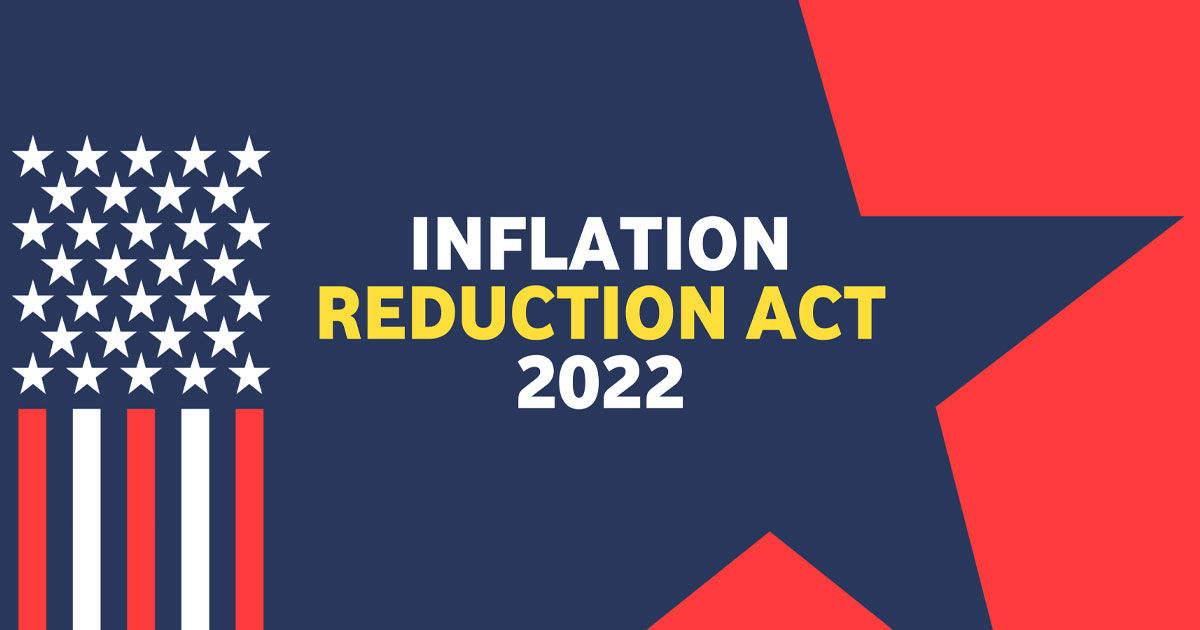
Excess Business Losses for Noncorporate Taxpayers Extended
July 15, 2024
The Inflation Reduction Act of 2022 extended the limitations on excess business losses for shareholders and partners of pass-through businesses and sole proprietors to
*January 1, 2029*, from January 1, 2026.
As a reminder, a pass-through business is a type of business structure where the income earned by the business is not taxed at the corporate level but instead "passes through" to the individual owners, who then report the income on their tax returns. This means that the business does not pay income tax, but the owners do, based on their share of the profits. If they meet the IRS requirements, businesses that may fall under a pass-through categorization include sole proprietorships, partnerships, LLCs, and S corps.
An excess business loss is calculated as the total deductions from all business activities minus the total gross income and gains plus a specified threshold amount. For 2024, this threshold is $305,000 for single taxpayers and $610,000 for those filing jointly. When calculating an excess business loss, you must exclude any deductions, gross income, or gains from services performed as an employee.
A 'trade or business' includes, but is not restricted to:
- *Schedule F,* farming income and losses, and *Schedule C*, income or loss from a sole proprietorship.
- *Form 4835*: Used to report farm rental income based on crops or livestock produced by the tenant.
- *Schedule E Activities*: Includes income or loss from rental real estate, royalties, partnerships, S corporations, estates, trusts, and residual interests in REMICs.
- *Form 4797*: Used to report the sale of business property.
- *Form 8949*: Used to report sales and other dispositions of capital assets.
- *Pass-through Income and Losses*: Includes income and losses from partnerships, S corporations, and other pass-through entities.
- *Farming Losses from Casualty Losses or Disease/Drought*: Special types of farming losses due to unexpected events or conditions.
Non-corporate taxpayers must apply the at-risk and passive activity loss rules before applying the excess business loss rules. These rules determine the amount of loss a taxpayer can claim based on the nature of their investment at risk and their business activity. The amount of excess business loss that is not allowed as a deduction in the current year is added back to the taxpayer's income. This reduces the total loss shown on other parts of the tax return, effectively limiting the immediate tax benefit from the loss.
Net Operating Loss (NOL) Treatment:
- Any disallowed excess business losses are treated as a net operating loss (NOL) carryover to the following tax year. This means the loss can be used to offset future income, subject to certain limitations.
- Partnerships, S corporations, and fiduciaries apply these rules at the shareholder or partner level.
Carryforward and Carryback Periods:
- For NOLs arising in tax years beginning after 2020, there is no limit to how long the NOL can be carried forward.
- However, NOLs from tax years after 2017 can only offset up to 80% of taxable income in the carryover year. This 80% limitation does not apply to non-life insurance companies.
- Generally, there is no carryback period for NOLs, meaning losses cannot be applied to past tax years. Exceptions include farming losses and losses from non-life insurance companies, which can be carried back for two years.
Our team, the Cambaliza McGee LLP team, will review your business situation to determine whether you qualify for the excess business loss limitation.
